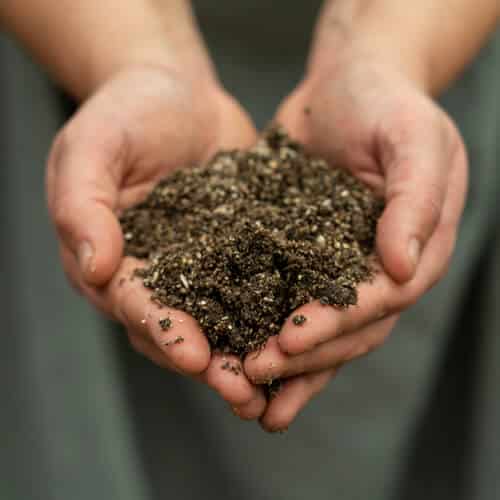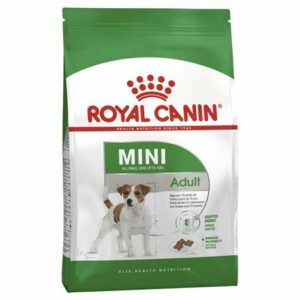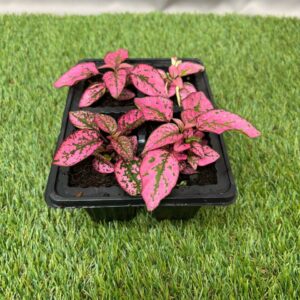Give your garden soil a boost
DIY and how-to

The soil you have in your garden is highly dependent on where you live, and is likely to be predominantly silty, sandy or clay.
Garden soil lies 10cm to 30cm underneath your garden’s topsoil and is the medium in which your plants’ roots grow. It is typically enriched with nutrients. To determine what type of garden soil you have, dig up a little of it, add water and squeeze a handful into a ball. The characteristics of the ball will help you identify the makeup of your soil.
Take a look at the different soil types, identify what your garden is made up of and discover how to improve the ability of your soil to best nurture your plants.
Sandy soil has large spaces between the grains. A wet handful of this type of soil squeezed into a ball will crumble easily. The large spaces between the grains mean that water passes through the soil quickly, moving out of reach of plant roots. When soil is this porous, it also means that nutrients leach out of it quickly.
The fix: Water your plants frequently, but with small quantities of water. Also dig in plenty of compost so that the soil is better able to retain water and nutrients.
Clay soil holds water and nutrients well, but the spaces between the particles are very small. This makes it difficult for water and nutrients to reach plant roots. Water tends to either lie in puddles on top of the soil or collect in pools underneath the soil, causing roots to rot. How do you know if you have clay soil? If your wet ball of soil holds its shape tightly – and feels slimy to the touch – you have clay soil.
The fix: Add compost and river sand to clay soil. This breaks up its dense texture and allows for improved drainage.
Silty soil particles are between those of sand and clay in size. Silty soils tend to form a “crust” on top of the soil, which prevents air and water from reaching roots – and seeds cannot germinate without air and water. A wet ball of silty soil will hold its shape but crumble easily, although not as easily as sandy soil.
The fix: Add plenty of compost to silty soil before planting or sowing, and aerate the soil with a garden fork on a regular basis.
You might also like
Shop online
-
- Sale!
MINI ADULT 2KG
- Original price was: R348.99.R279.19Current price is: R279.19.
- Add to cart Learn More




